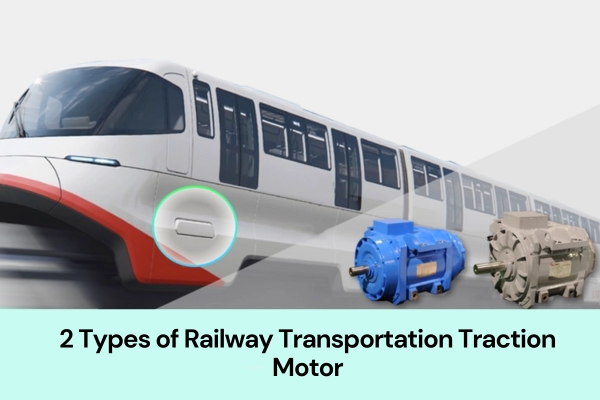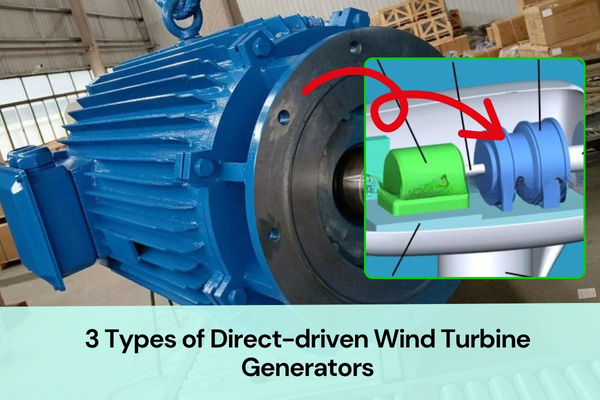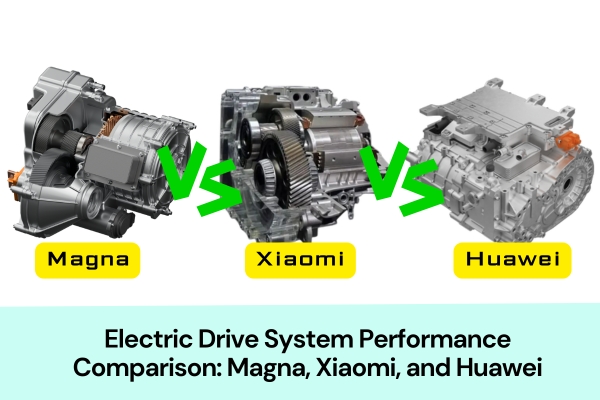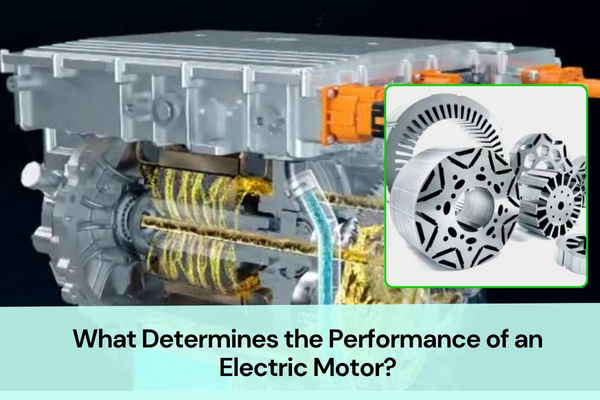Linear motors play a pivotal role in various industries, providing essential components for a wide range of applications. These motor laminations, crucial in electrical engineering, form the backbone of many industrial processes. Linear motor laminations, with their precise construction and high efficiency, are indispensable in powering automated systems and machinery.
From high-speed trains to precision manufacturing tools, the applications of linear motors are vast and diverse. In this blog post, we will delve into the world of linear motor laminations. And we will explore their uses across different industries and shed light on how they contribute to enhancing efficiency and performance.
Whether you’re a tech enthusiast, an engineer, or simply curious about the fascinating realm of electromechanical systems, this blog is sure to spark your interest.
Let’s uncover the hidden potential and endless possibilities that linear motor laminations bring to the table.
Industrial Applications of Laminations for Linear Motors
Laminations for linear motors find extensive use across various industrial sectors, owing to their versatility and efficiency.
A. Automated Manufacturing Processes:
Linear electric motor laminations power automated manufacturing systems, enabling precise movement and positioning of components in assembly lines, reducing manual labor and increasing productivity.
B. Packaging and Sorting Systems:
In packaging and sorting facilities, linear motor laminations drive conveyor belts and sorting mechanisms, ensuring fast and accurate sorting of products for distribution.

C. Semiconductor and Electronics Production:
Linear motor laminations are integral to semiconductor manufacturing equipment, facilitating precise wafer handling and positioning during the fabrication process, leading to higher yields and quality.
D. Printing and Paper Handling Machinery:
Linear motors drive the movement of print heads and paper feed mechanisms in printing presses and paper handling machinery, ensuring precise alignment and high-speed operation.
E. Robotics and Automation:
In robotics and automation, linear motor laminations power the movement of robotic arms and actuators, enabling precise and rapid movement for tasks such as pick-and-place operations and material handling.
F. High-speed Trains:
Linear motor iron core play a crucial role in maglev trains and high-speed rail systems, providing the propulsion needed for smooth and efficient movement at high velocities, and offering a sustainable and rapid transportation solution for passengers and freight.
Advantages of Linear Motors
Linear motors offer high speed, high force, and high precision that make them indispensable in modern industrial applications.

A. High Efficiency and Energy Conversion: Linear motor laminations excel in converting electrical energy into linear motion with minimal energy loss, ensuring high efficiency in operations.
B. Precision and Accuracy in Motion Control: With precise construction and advanced control systems, linear motor laminations enable precise positioning and movement, crucial for tasks requiring accuracy and repeatability.
C. Minimal Maintenance Requirements: Due to their robust design and minimal moving parts, linear motor laminations require minimal maintenance, reducing downtime and operational costs.
D. Enhanced Durability and Longevity: Constructed from high-quality materials, linear motor laminations exhibit exceptional durability and longevity, ensuring reliable performance over extended periods.
E. Adaptability to Various Environments: Linear motor laminations are designed to operate in diverse environments, including harsh industrial settings, cleanrooms, and even vacuum conditions, making them versatile for a wide range of applications.
FAQs
What are linear motor laminations made of?
Linear motor laminations are typically made of electrical steel, also known as silicon steel or silicon iron. This type of steel is specifically designed for use in electrical applications due to its magnetic properties, which allow for efficient energy conversion in motors and transformers. Electrical steel is characterized by its low core losses and high magnetic permeability, making it ideal for constructing the laminations used in linear motors.
How do linear motor laminations differ from traditional motors?
Linear motor laminations differ from traditional motors primarily in their mode of motion. While traditional motors, such as rotary motors, produce rotational motion, linear motor laminations generate linear motion. This distinction allows linear motors to move objects along a straight path, making them suitable for applications requiring linear movement, such as conveyors and positioning systems. Additionally, linear motor laminations often feature specialized designs optimized for linear motion, enhancing their performance and efficiency in such applications.
What are the key factors to consider when selecting linear motors?
When selecting linear motors, several factors should be taken into account to ensure optimal performance and compatibility with specific applications. These factors include:
Force and Speed Requirements: Determine the required force and speed of the linear motor to ensure it meets the application’s performance needs.
Travel Range: Consider the required travel range or stroke length of the linear motor to ensure it can cover the desired distance.
Accuracy and Precision: Evaluate the level of accuracy and precision needed for positioning and motion control tasks.
Environmental Conditions: Assess the environmental conditions, such as temperature, humidity, and exposure to dust or contaminants, to select a linear motor with suitable protection and durability.
Integration with Control Systems: Ensure compatibility with existing control systems and interfaces for seamless integration into the overall system architecture.
Maintenance Requirements: Consider the maintenance requirements and accessibility of components for servicing and upkeep.
Cost and Budget: Evaluate the cost-effectiveness of different linear motor options based on performance, features, and upfront costs.
By carefully considering these factors, you can choose the most suitable linear motor for your specific application requirements.
Can linear motor laminations be customized for specific applications?
Yes, linear motor laminations can be customized to meet the unique requirements of specific applications. Manufacturers often offer customization options for factors such as size, shape, winding configurations, and magnetic properties.
This allows for tailored solutions that optimize performance and efficiency for specific tasks and environments. Customization may also involve adjustments to materials, coatings, or insulation to enhance durability and reliability in challenging operating conditions.
Conclusion
Linear motors play a crucial role in a wide range of industries, from transportation to manufacturing, due to their ability to enhance efficiency and performance. These components are the driving force behind high-speed trains and precision tools, showcasing their versatility and importance in modern technology.
By understanding the diverse applications of linear motor laminations, businesses can leverage their benefits to optimize processes and achieve greater productivity.




